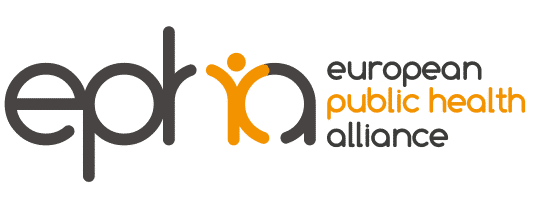Guest article by: Maja Saitovic, Program Officer, Race, Ethnicity and Health Equity team, Open Society Foundations’ Public Health Program; Marek Szilvasi, PhD., Team Manager, Race, Ethnicity and Health Equity team, Open Society Foundations’ Public Health Program
The COVID-19 pandemic has caused a global emergency and taken a drastic toll on people’s lives. With the approval of the first vaccines by European Medicines Agency (EMA) at the end of 2020, European governments have been rushing to introduce vaccination roll-out plans. Under various national circumstances (often in a competition with political, cultural, and sport elites), risk groups have been granted priority.
Soon after COVID-19 reached Europe it was clear that it exacerbates existing divides caused by socio-economic status, race and ethnicity. The increasing scientific evidence demonstrates that the virus has exerted a disproportionate burden on racialized and ethnic minorities living under detrimental social, economic, political, and environmental conditions. They share a higher burden of the infection and are dying in larger numbers and at a younger age.
Although the scientific evidence on race and ethnicity as the COVID-19 risk factors is unequivocal and increasing, there is an embarrassing silence from governments, public health experts, and the scientific community on the situation of Roma, the “largest ethnic minority group in Europe.”
According to some reports, Roma have been severely impacted both by the virus itself and repressive responses from governments. Their substandard housing conditions in segregated neighbourhoods make it impossible to follow essential protective public health measures on hygiene and physical distancing. These are crucial COVID-19 vulnerability factors, according to scientific evidence. Yet, there is hardly any data on the number of infections, hospitalizations, ITU admissions, and mortality among Roma. Roma are also not mentioned in national vaccination roll-out plans (with the exception of Slovakia), with only a few advocates making the case for their vaccination priority. This is a contra-factual development and it is due to conventional antigypsyism and concerns over sparking new waves of anti-Roma racism across Europe.
Protective non-medical measures such as social distancing and the use of disinfectants and face masks play a crucial role in mitigating the COVID-19 pandemic. However, other non-medical factors – such as socio-economic, environmental, and ideological/religious (racism, elitism, and anti-vaccination) factors – also compound its effects. The ideological factors also impact health and social workers’ practices, and government policies when it comes to treatment and vaccination of Roma. Focusing solely on medical arguments serves to distract from the disproportionate spread and impact of COVID19 amongst minorities. Accepting the impact of social and environmental determinants of health on the prevalence and severity of COVID-19 and adopting targeted measures to tackle poor air quality, limited access to water and sanitation, and energy poverty could make a real difference for Roma, as well as other communities.
We should urgently start to collect Roma-specific data in hospitals and in their communities. The data on the COVID-19 impact among Roma have been signalled so far only through reporting by civil society and the media. The fact that when it comes to Roma, that governments do not commit to even a simple review of existing medical data, is itself a form of serious neglect. This is short-sighted as hidden pockets of undetected and uncontrolled virus spreading among segregated Roma communities will pose a serious risk to any national effort to mitigate the pandemic. However, without public scrutiny and evidence collection, governments will not consider Roma specific targeting in rollouts of vaccines and digital health technologies. Therefore, as the single advocacy priority, civil society organizations should aim to ensure that Roma inclusion policies are a substantive part of any COVID-19 recovery strategies at national and European level.
This paper has been produced within the Roma Health project supported by Open Society Foundations. The content of this document represents the views of the authors only and is their sole responsibility; it cannot be considered to reflect the views of the Open Society Foundations.
The Roma Health project is implemented by the European Public Health Alliance and aims to address social determinants of health resulting in health disparities between Roma and the general population. One of its main initiatives is the Roma Health Network – a public health community striving to close the gap in health by encouraging cooperation beyond the health sector, promoting sustainable initiatives at European, national and local levels and creating space for dialogue and cross-sectorial civil society cooperation.
